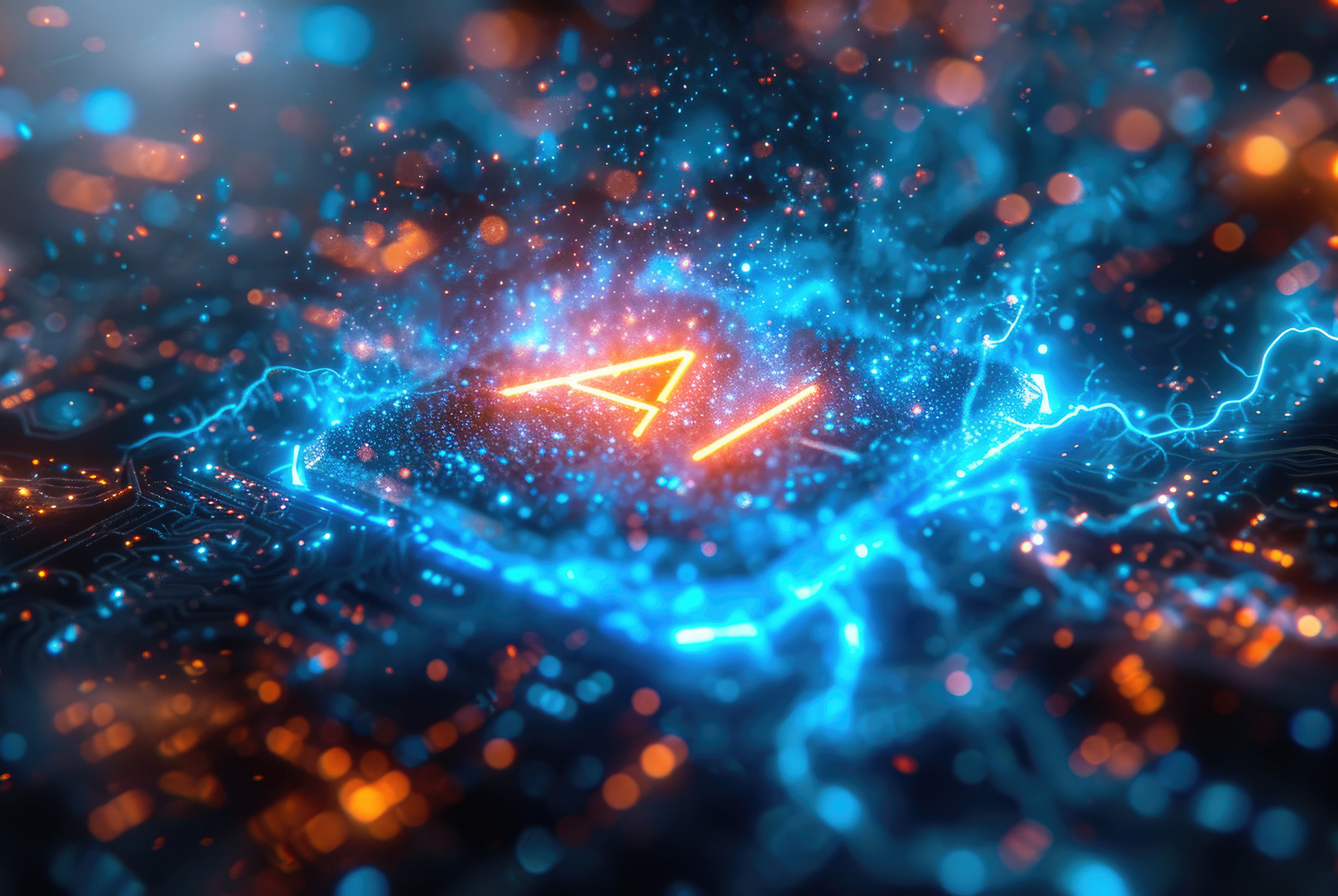Preparing Data Centers for
AI Power Consumption: Wireless Power Monitoring & PUE
As artificial intelligence (AI) continues to advance and integrate into various sectors, the demand for computational power has surged. Data centers, the backbone of AI operations, are facing unprecedented power consumption challenges. Efficient power management has become more critical than ever, and Power Usage Effectiveness (PUE) is a key metric that can help data center operators optimize their energy use. By implementing Packet Power’s wireless power monitoring solutions, data centers can not only calculate PUE, but also prepare for the heightened power demands brought by AI technologies.
Understanding PUE & Its Importance
PUE is a ratio that measures the energy efficiency of a data center. It is calculated by dividing the total amount of energy entering a data center by the energy used by the IT equipment inside it. A PUE of 1.0 represents perfect efficiency, where all consumed energy is used by the IT equipment alone, with none wasted on cooling, lighting, or other infrastructure needs.
For data center operators, PUE is a crucial metric for several reasons:
-
Operational Efficiency: Lowering PUE can significantly reduce operational costs.
-
Environmental Impact: Improved PUE leads to reduced carbon footprint and supports sustainability goals.
-
Regulatory Compliance: Many regions have regulations requiring data centers to meet specific energy efficiency standards, including PUE.
The Role of Packet Power’s Wireless Power Monitoring in Calculating PUE
To effectively calculate and improve PUE, comprehensive wireless power monitoring is essential. This involves tracking energy consumption across various components and operational processes within the data center.
Here’s how Packet Power’s wireless power monitoring can aid in this:
- Real-Time Data Collection: Packet Power’s wireless monitoring systems provide real-time data on energy usage, helping operators identify which parts of the data center consume the most power and why.
- Trend Analysis: By analyzing power consumption trends over time, data center operators can identify inefficiencies and areas for improvement.
- Predictive Maintenance: Power monitoring helps predict potential equipment failures, allowing for proactive maintenance, which can prevent unexpected downtime and energy waste.
- Load Management: Monitoring power usage enables better load management, ensuring that resources are used optimally and that power-hungry processes like AI computations are allocated efficiently.
Preparing for AI Power Demands
The integration of AI into data center operations introduces new complexities as well as increased demand for power and rack density.
Here’s how Packet Power’s wireless power monitoring helps prepare for these challenges:
- Capacity Planning: Accurate power monitoring allows for precise capacity planning, ensuring that the data center can handle increased loads from AI without compromising performance.
- Scalability: As AI workloads grow, Packet Power’s power monitoring systems are totally flexible with regard to scalability and can expand to cover additional infrastructure, maintaining efficiency and reliability.
- AI-Specific Optimization: By understanding the specific power requirements of AI applications, operators can optimize cooling and power distribution systems to support these high-demand workloads.
- Energy Source Diversification: Packet Power’s monitoring can aid in integrating renewable energy sources, reducing reliance on traditional power grids and enhancing sustainability.
Conclusion
In an era where AI's computational demands are escalating, efficient power management is imperative for data centers. Power Usage Effectiveness (PUE) provides a clear measure of a data center's energy efficiency, and power monitoring is the key to accurately calculating and improving this metric. By leveraging Packet Power’s wireless power monitoring technologies, data center operators can enhance operational efficiency, reduce environmental impact, and prepare for the future power demands of AI, ensuring that their facilities remain robust and sustainable.





